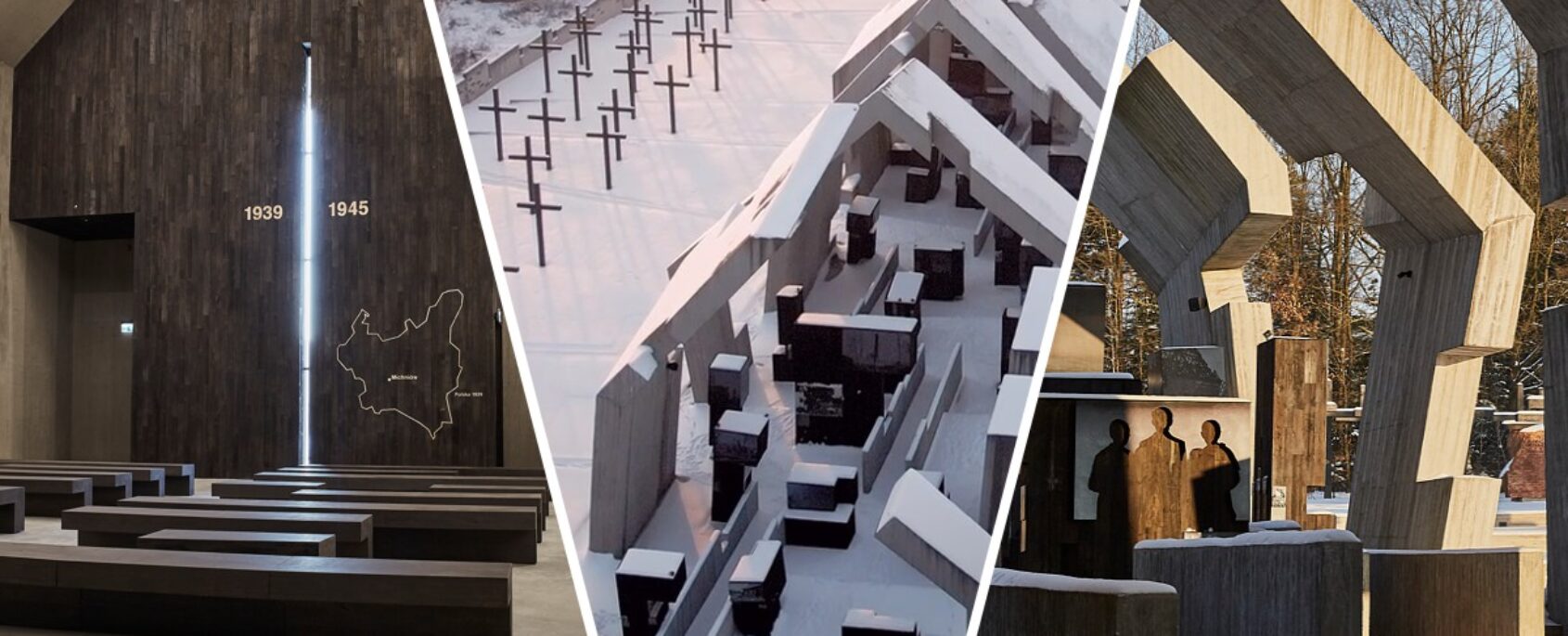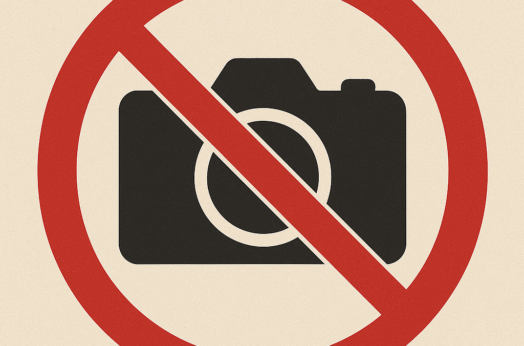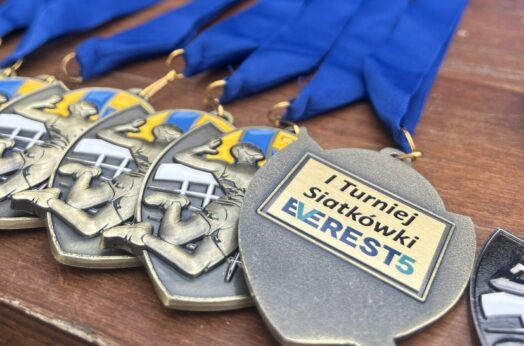An extraordinary exhibition is completed. The acceptance protocol for the Mausoleum of the Martyrdom of Polish Villages has been signed.
From a dull storeroom for artefacts, where visitors are required to wear slippers so as not to scratch the parquet floors and a group of guards ensures no one gets too close to an exhibit, to a modern facility drawing heavily on the most advanced exhibition solutions and full of user-friendly multimedia. The real investment boom that began over a decade ago has radically transformed Polish museology. Both in terms of its concept – what a museum is and how it should operate – and in its architecture and technological solutions.
Today, it is difficult to imagine the cultural offerings of Polish cities – or even their cityscapes – without the new museum institutions, many of which have already become architectural icons, such as Warsaw’s POLIN or the Museum of the Second World War in Gdańsk. And because these buildings usually feature unconventional forms and surprising interior arrangements, designing the exhibition and all the related installations becomes a considerable challenge. All the more so when the architect’s creation is particularly unusual.
‘One of Everest’s tasks as the developer of the detailed design was to create the entire museum narrative, including the conceptual storyline, a multimedia-rich exhibition, as well as music composition and audio production’.
A perfect example of this is the newly completed Mausoleum of the Martyrdom of Polish Villages in Michniów, carried out by Everest5 Sp. z o.o. For this project, the company was responsible for more than just all types of electrical, audio-video, and exhibition control installations. One of Everest’s tasks as the developer of the detailed design was to create the entire museum narrative, including the conceptual storyline, a multimedia-rich exhibition, as well as music composition and audio production. Most importantly, Everest ensured the seamless coordination of all contributors’ work to create a place that provides an intense emotional experience for visitors, while being highly functional as a cultural institution.
‘Most of the touchscreens are embedded in irregularly shaped blocks of varying sizes, harmonising with the building’s architecture’.
Michniów is a small village located near Kielce. During the German occupation, it was completely razed to the ground and its inhabitants were almost entirely exterminated. Reflecting this fact through the building’s symbolism, its creators chose a raw, monumental form. The massive concrete structure represents successive stages of a home’s destruction. As visitors move through each part of the exhibition, they witness a process of degradation unfolding before their eyes. The building’s structural elements become increasingly sparse – as one passes through the various stages, walls and roofs gradually disappear – until the final ‘remnants’ of the exhibition are displayed in a completely open space. Most of the touchscreens are embedded in irregularly shaped blocks of varying sizes, harmonising with the building’s architecture.
‘The task of selecting devices suitable for the nature of the exhibition required considering all parameters that ensure the multimedia’s stability under variable weather conditions’.
The task of selecting devices suitable for the nature of the exhibition required considering all parameters that ensure the multimedia’s stability under variable weather conditions. Factors such as temperature and humidity cannot affect the longevity or operation of the equipment, and the location of the facility – in forested terrain in the heart of the Świętokrzyskie Mountains (Holy Cross Mountains) – necessitated the use of highly sealed monitors to ensure reliability, even amid the frequent rain and snow typical of the region.
Although the exhibition is ready and awaiting visitors, the official opening of the new Mausoleum of the Martyrdom of Polish Villages headquarters had to be postponed until the easing of restrictions related to combating COVID-19. The spectacular display in Michniów is the first in a series of large-scale projects carried out by Everest5 for museum purposes, alongside the National Museum in Lublin and the Museum of Modern Art in Warsaw.



